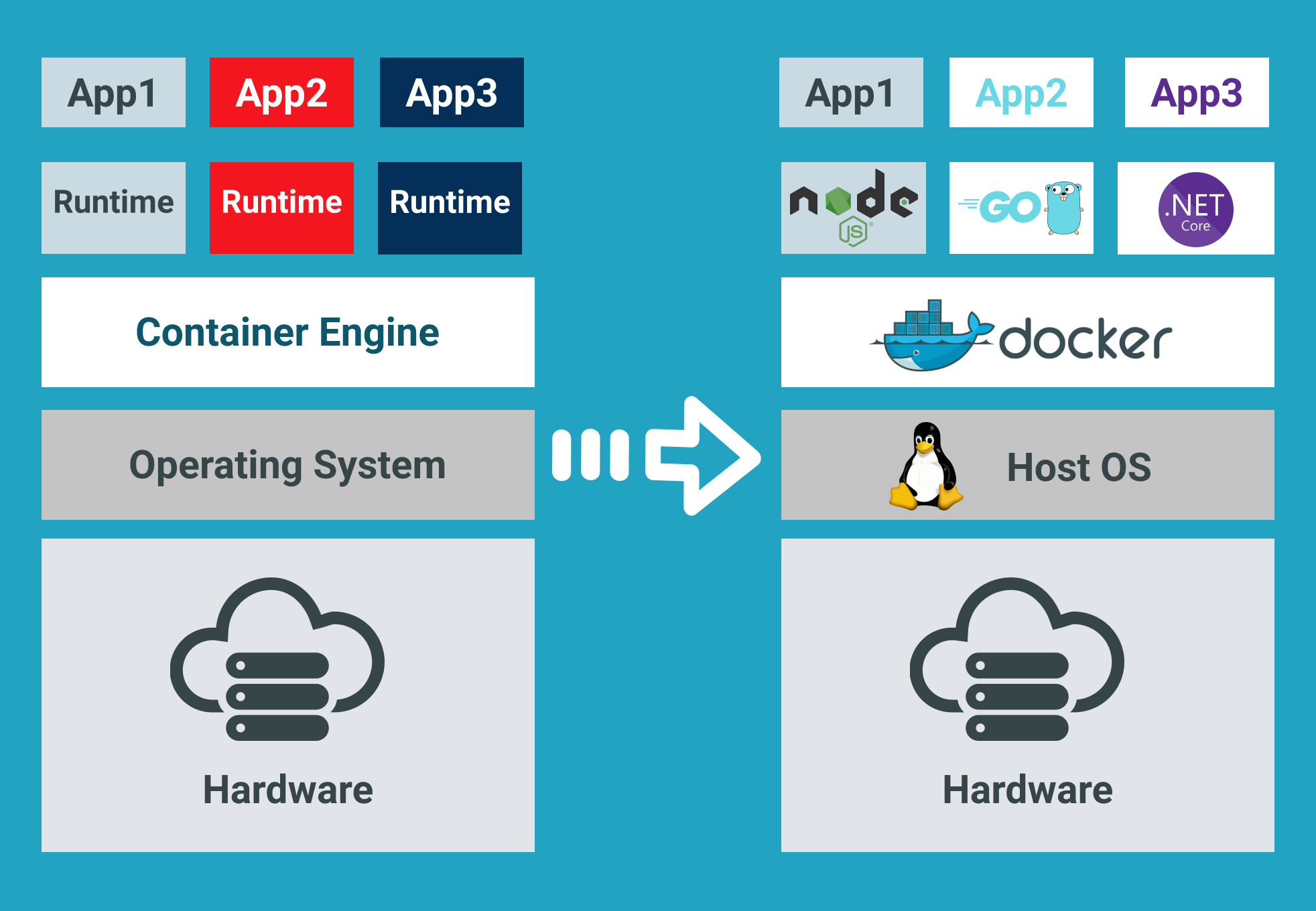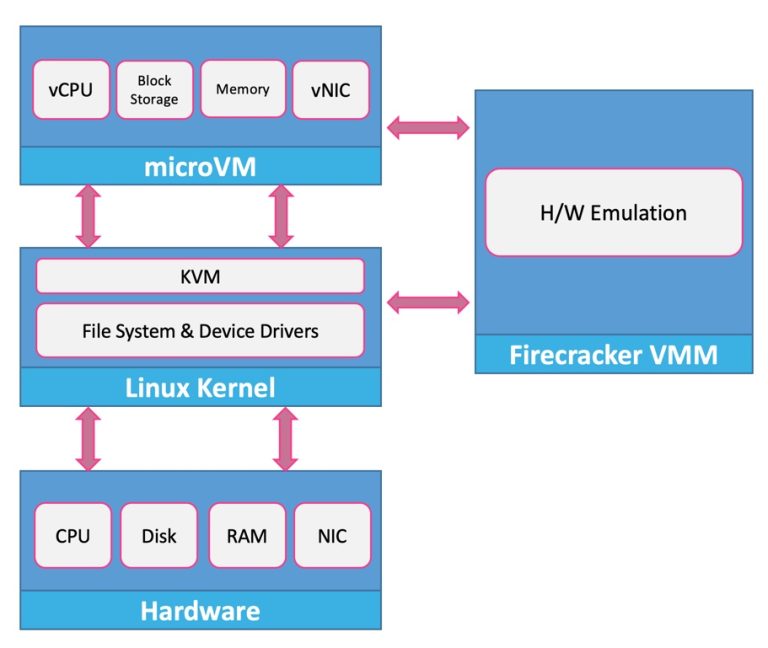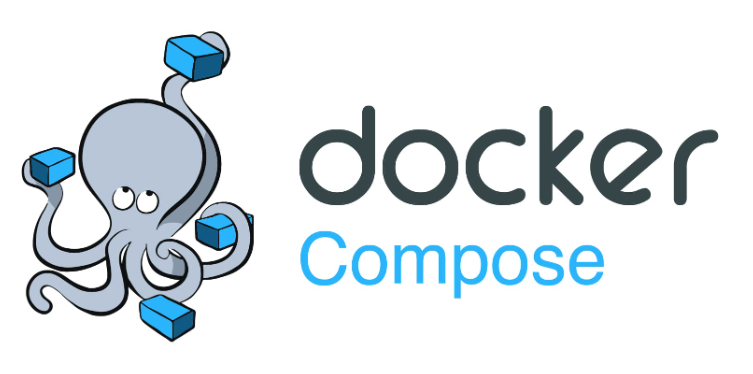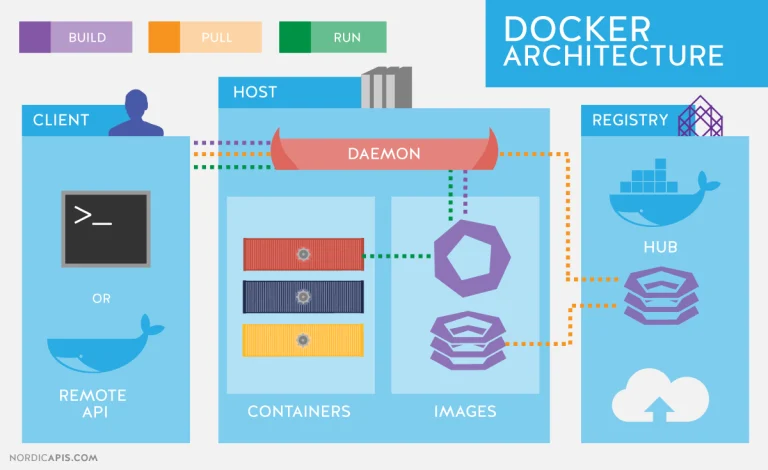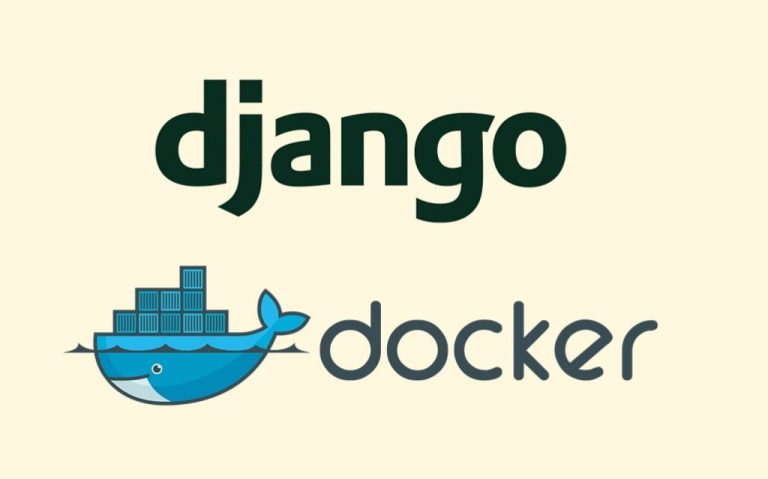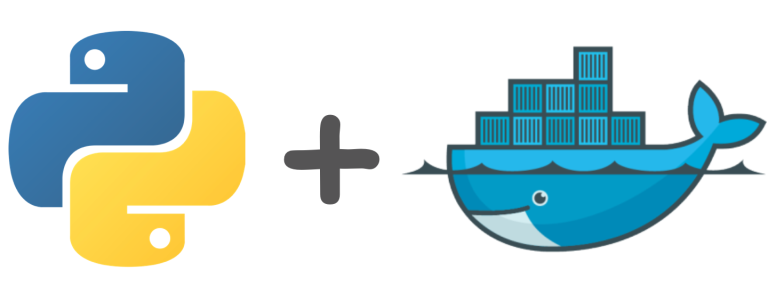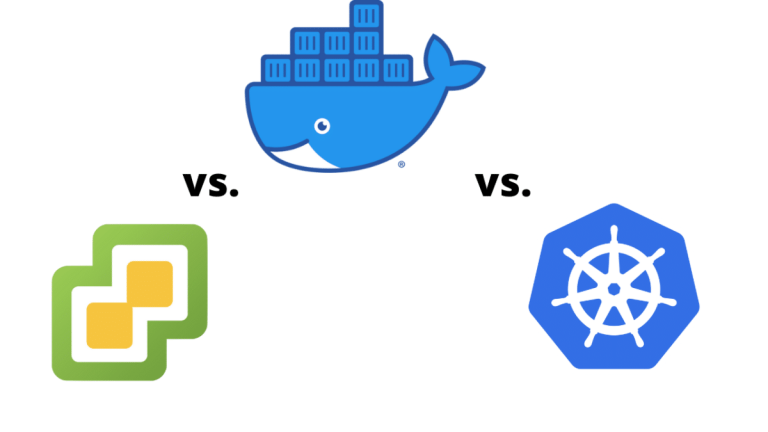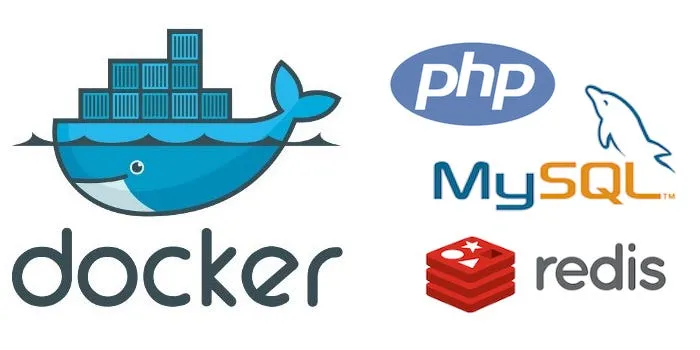Introduction:
The debate between Docker containers and Virtual Machines (VMs) has been ongoing, each with its own strengths and weaknesses. In this article, we explore the key differences, use cases, and considerations when deciding between Docker and VMs.
- Architecture Overview:
Understand the fundamental differences in architecture between Docker and VMs. Explore how Docker containers share the host OS kernel, while VMs run separate operating systems on top of a hypervisor. - Resource Efficiency: Docker’s Lean Advantage:
Dive into Docker’s resource efficiency. Explore how containers share the host OS kernel, leading to faster startup times, lower memory footprint, and increased overall system efficiency compared to VMs. - Isolation and Security: VMs vs Docker Containers:
Examine the isolation models of VMs and Docker containers. Understand how VMs offer stronger isolation by running separate OS instances, while Docker containers share the host OS kernel, requiring additional security measures for isolation. - Portability and Consistency: Docker’s Winning Streak:
Explore Docker’s portability and consistency benefits. Learn how Docker containers encapsulate applications and their dependencies, ensuring consistency across various environments, while VMs may face challenges in portability. - Scaling and Orchestration: Docker’s Native Edge:
Delve into scaling and orchestration capabilities. Understand how Docker’s lightweight nature facilitates quick scaling, and explore container orchestration tools like Kubernetes, which are well-suited for managing large containerized environments. - Ease of Deployment: Docker’s Streamlined Process:
Explore the ease of deployment with Docker. Learn how containers can be spun up rapidly, making the deployment process more streamlined compared to the relatively longer boot times of VMs. - Resource Intensiveness: VMs’ Power Play:
Understand scenarios where VMs excel in resource-intensive workloads. Explore use cases where the encapsulation of an entire OS in a VM is advantageous, especially for applications with specific OS requirements or legacy systems. - Infrastructure Overhead: Docker’s Minimal Footprint:
Examine how Docker minimizes infrastructure overhead. Understand how VMs require a hypervisor and a complete OS stack for each instance, contributing to higher resource consumption compared to Docker containers. - Snapshot and Rollback: VMs vs Docker Images:
Explore the snapshot and rollback capabilities of both Docker and VMs. Understand how Docker images enable efficient versioning and rollback, while VM snapshots may be heavier and slower to manage. - Hybrid Approaches: Docker and VMs in Tandem:
Consider hybrid approaches that leverage both Docker and VMs. Explore scenarios where combining the strengths of both technologies provides a flexible and efficient solution, catering to diverse application requirements.
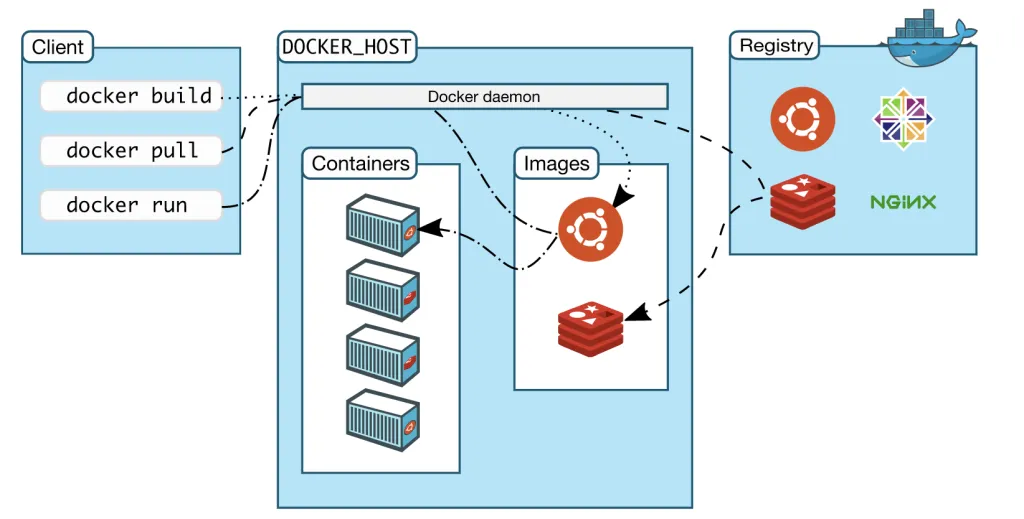
Conclusion:
In the Docker vs VM debate, there is no one-size-fits-all answer. The choice between Docker containers and VMs depends on specific use cases, requirements, and the desired balance between resource efficiency and isolation. Understanding the strengths and weaknesses of each technology is crucial for making informed decisions in today’s diverse IT landscape.

